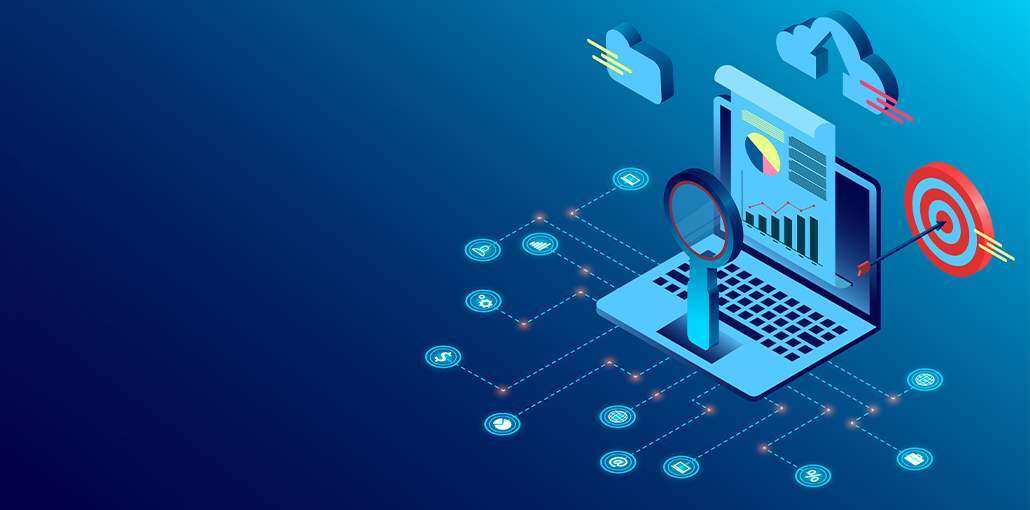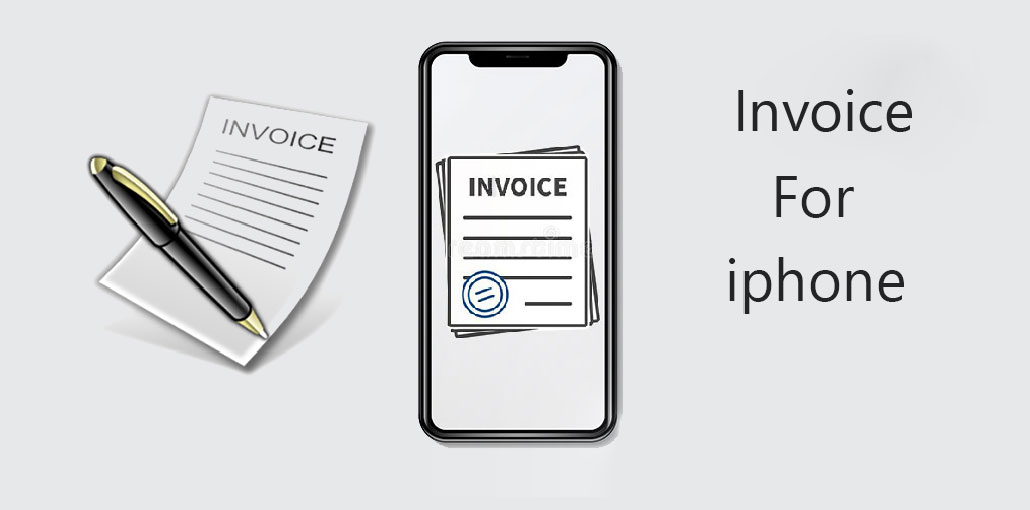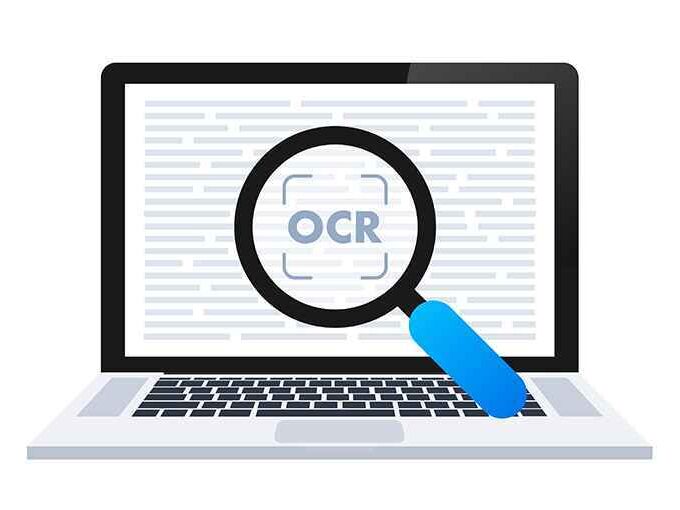Beyond Prevention: The Role of DDR in Modern Cybersecurity Strategies
In today’s connected world, businesses have to deal with massive volumes of data daily. And while data is like a...
ByIsla GenesisApril 9, 2024 Continue ReadingIs Your E-Commerce Strategy Missing These Crucial Elements? Find Out How to Skyrocket Your Sales
Staying ahead of the curve isn’t just beneficial but also crucial in business. With countless competitors just a click away,...
ByAiden NathanMarch 27, 2024 Continue ReadingNavigating Financial Challenges: Strategies for Living Paycheck to Paycheck
Living from paycheck to paycheck can be a strong challenge, but knowing where to find information on how to overcome...
ByDelbert DavidMarch 26, 2024 Continue Reading
Beyond Prevention: The Role of DDR in Modern Cybersecurity Strategies
April 9, 2024
Is Your E-Commerce Strategy Missing These Crucial Elements? Find Out How to Skyrocket Your Sales
March 27, 2024
Navigating Financial Challenges: Strategies for Living Paycheck to Paycheck
March 26, 2024Lastest News
How Online Slot Game Technology Has Advanced
The world of online slot games has witnessed a remarkable evolution over the years, propelled by advancements in technology and a quest for...
ByZoey RileyMarch 22, 2024Virtual Reality Slots: The Future of Casino Gaming
Reality (VR) technology has been swiftly changing industries and the world of casino gaming is no different. The advent of VR slots signals...
ByDelbert DavidMarch 22, 2024Leveraging Technology For Workplace Safety Enhancement
Companies increasingly use technology to enhance workplace safety because integrating innovative tools and systems helps protect employees and improves efficiency and productivity, leading...
ByDelbert DavidMarch 21, 2024Empowering Workforces: The Role of Managed Learning Services in Closing the Skills Gap
The ever-changing landscape of today’s workplace demands a workforce that is adaptable, skilled, and future-proof. However, the rapid evolution of technology and industries...
ByZoey RileyMarch 21, 2024An Overview of the Most Common Types of Medical Software
Imagine a healthcare system where information flows freely, tasks run smoother, and doctors have everything they need to give you the best care...
ByIsla GenesisMarch 19, 2024What a Spot Ether ETF Will Mean For the Industry
It is coming up on two months since the spot Bitcoin ETF was approved and the results have been palpable. The value of...
ByDelbert DavidMarch 18, 2024Exploring the World of Augmented Reality: Applications and Future Prospects
Augmented reality (AR) has transcended the realm of science fiction, becoming an integral part of our daily lives. This groundbreaking technology overlays digital...
ByIsla GenesisMarch 15, 20248 Essential Videographer Skills That Aspiring Video Specialists Should Develop
In a video production studio, videographers get behind the lens and capture footage that will become a compelling video later on. As video...
ByIsla GenesisMarch 14, 2024Artificial Intelligence
Cryptocurrency
Business Growth Tips
Is Your E-Commerce Strategy Missing These Crucial Elements? Find Out How to Skyrocket Your Sales
Staying ahead of the curve isn’t just beneficial but also crucial in business. With countless competitors just a click away, setting your e-commerce...
ByAiden NathanMarch 27, 2024Leveraging Technology For Workplace Safety Enhancement
Companies increasingly use technology to enhance workplace safety because integrating innovative tools and systems helps protect employees and improves efficiency and productivity, leading...
ByDelbert DavidMarch 21, 2024Empowering Workforces: The Role of Managed Learning Services in Closing the Skills Gap
The ever-changing landscape of today’s workplace demands a workforce that is adaptable, skilled, and future-proof. However, the rapid evolution of technology and industries...
ByZoey RileyMarch 21, 20248 Essential Videographer Skills That Aspiring Video Specialists Should Develop
In a video production studio, videographers get behind the lens and capture footage that will become a compelling video later on. As video...
ByIsla GenesisMarch 14, 2024The Role of Behavioral Analytics in Information Security
In today’s rapidly evolving digital landscape, where cyber threats are becoming increasingly sophisticated, businesses and organizations are under constant pressure to fortify their...
ByManpreet LakhanpalMarch 13, 2024How to Write a Webinar Script
A good webinar script is one of the essential things you need to prepare in organizing a webinar. It ensures you don’t stray...
ByZoey RileyMarch 7, 20245 Tips to Balance Network Performance and Cost Efficiency
Today’s changing business climate necessitates digital connectivity, and companies must always find a delicate balance between cost-effectiveness and network performance. Businesses must understand...
ByDelbert DavidMarch 1, 2024Need Global Talent? How to Hire International Employees for Your Tech-Savvy Business
Hire international employees is not just an option but a strategic necessity for many businesses, especially those in tech. With the world more...
ByZoey RileyFebruary 27, 2024Product Reviews
Categories
Navigating Financial Challenges: Strategies for Living Paycheck to Paycheck
Living from paycheck to paycheck can be a strong challenge, but knowing...
ByDelbert DavidMarch 26, 20245 Best Apps to Budget Your Finances
Do you find yourself struggling to stay within your budget, month after...
ByEvie HarrisonApril 18, 2021Top 10 Invoicing Apps for iPhone and iPad
Are you searching for the best invoicing software that will allow you...
ByDelbert DavidOctober 8, 2021Exploring the World of Augmented Reality: Applications and Future Prospects
Augmented reality (AR) has transcended the realm of science fiction, becoming an...
ByIsla GenesisMarch 15, 2024How Can You Track Your Wife’s Instagram Messages
From a platform for sharing photographs and stories to a place to...
ByZoey RileyFebruary 26, 2024A Complete Guide on Using OCR to Digitize Your Documents
To save, retrieve, and share information efficiently in this increasingly digital environment,...
ByDelbert DavidFebruary 13, 2024Beyond Prevention: The Role of DDR in Modern Cybersecurity Strategies
In today’s connected world, businesses have to deal with massive volumes of...
ByIsla GenesisApril 9, 2024Vendor Risk Scorecards: Developing a Comprehensive Assessment System
In today’s interconnected business landscape, organizations rely heavily on third-party vendors to...
ByManpreet LakhanpalMarch 13, 2024Continuous Improvement of Security Risk Registers: Strategies for Iterative Enhancements
In the dynamic landscape of cybersecurity, the importance of robust security risk...
ByManpreet LakhanpalMarch 12, 2024




































